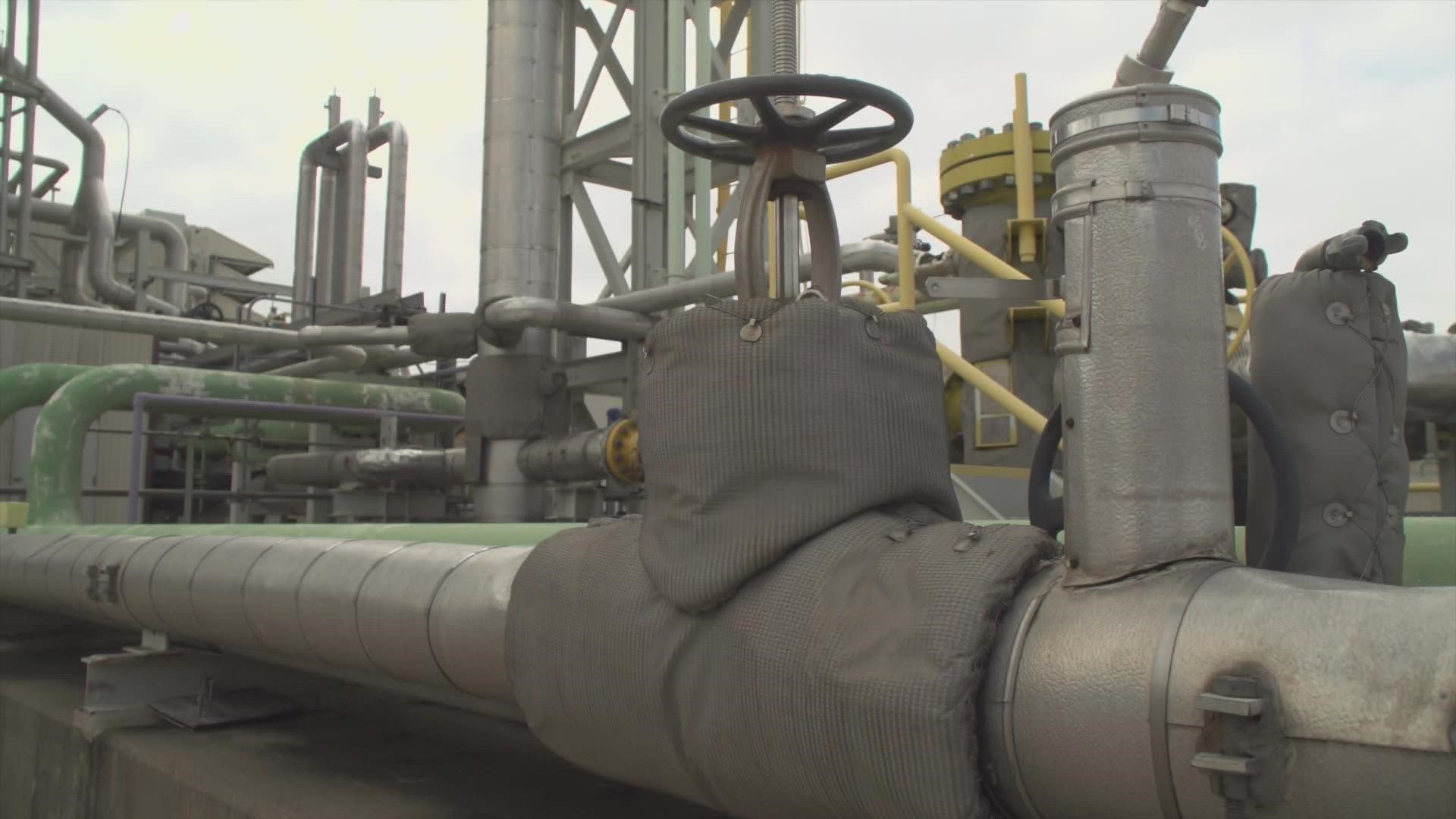DALLAS — With temperatures about to dip below freezing across much of the state, there’s a sense of déjà vu.
Some are having flashbacks to February’s winter storm when millions lost power for days. They can’t help but wonder: will the lights stay on?
“I think we're ready for the kind of cold front we're about to experience because it won't be that cold for that long, across as big an area as it was in February,” said Michael Webber, an Austin-based energy expert.
In February, much of Texas spent 139 consecutive hours below freezing. This time, temperatures below freezing are expected to last about 12 hours.
To be sure, in the 10 months since the winter storm, a lot has changed.
State lawmakers passed a wide-ranging piece of legislation aimed at ensuring the state’s power grid did not buckle under pressure again in a future storm.
New winterization regulations for the power industry have gone into effect, as have stiff new fines for power generators that fail to follow the rules.
“We go into this winter knowing that because of all these efforts the lights will stay on,” Public Utility Commission chair Peter Lake said during a Dec. 8 press conference.
The Electric Reliability Council of Texas – or ERCOT – announced that they’d completed on-site inspections of 302 electric generation units and 22 transmission station facilities.
Those electric generation units represent 85% of the megawatt hours lost during February’s winter storm. Officials said they’d found a few problems, and those have either been corrected or were in the process of being corrected.
Webber and experts say the thing to watch is the natural gas system and whether it starts to freeze up in the Permian Basin as it did during the winter storm.
He and other experts have criticized the decision by lawmakers to delay putting winterization standards into effect for the natural gas industry.
The natural gas and power industries are closely interconnected. Almost 50% of the state’s power plants running on natural gas.
“That remains a vulnerability because we need the gas system to work to give gas to the power sector,” Webber said.
One of the gaps identified during the winter storm was that many natural gas facilities saw their power cut because they were not listed as critical infrastructure.
Efforts are now underway to ensure that important parts of the natural gas supply chain are listed as critical infrastructure so the power stays on.
“Keeping the power on is the best winterization tool,” Todd Staples, president of the Texas Oil and Gas Association, said in early December during a tour of Midland natural gas facilities to show off winterization efforts.
So, think of this weekend’s cold front as a test with the final exam coming at a later date.

